Blekinge
WELCOME TO Blekinge
County Overview
Karlskrona
2,940 km2
159,000
Swedish
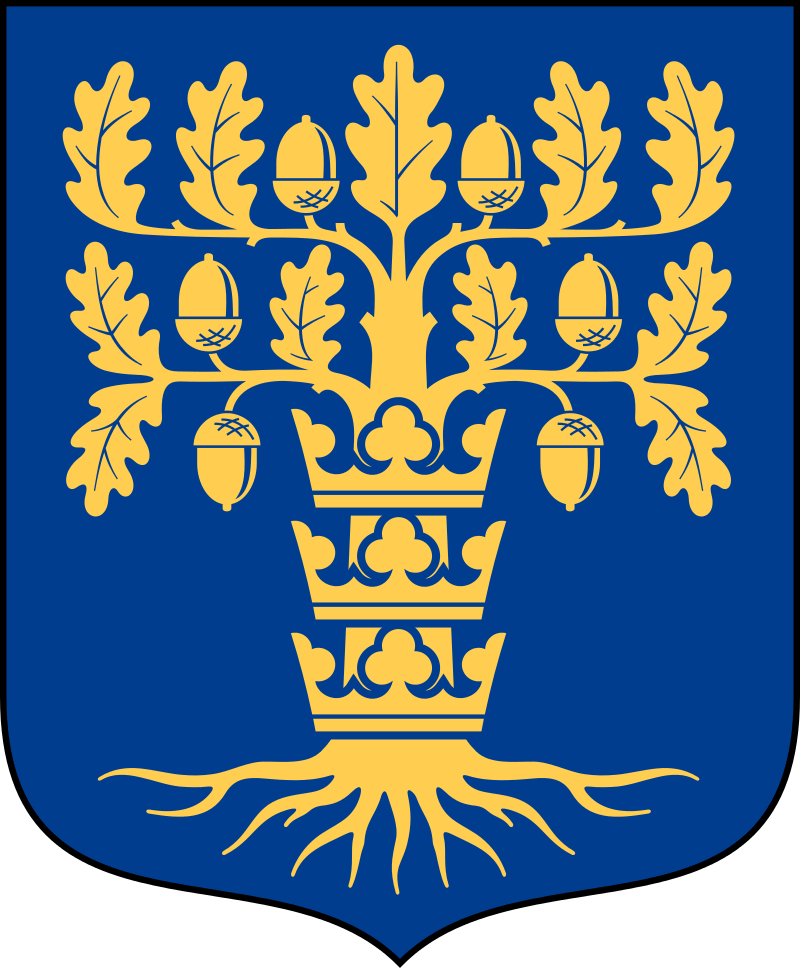
Popular
Geography and Tourist Attractions
Information about the province's tourist attractions, including popular destinations, events, and activities.
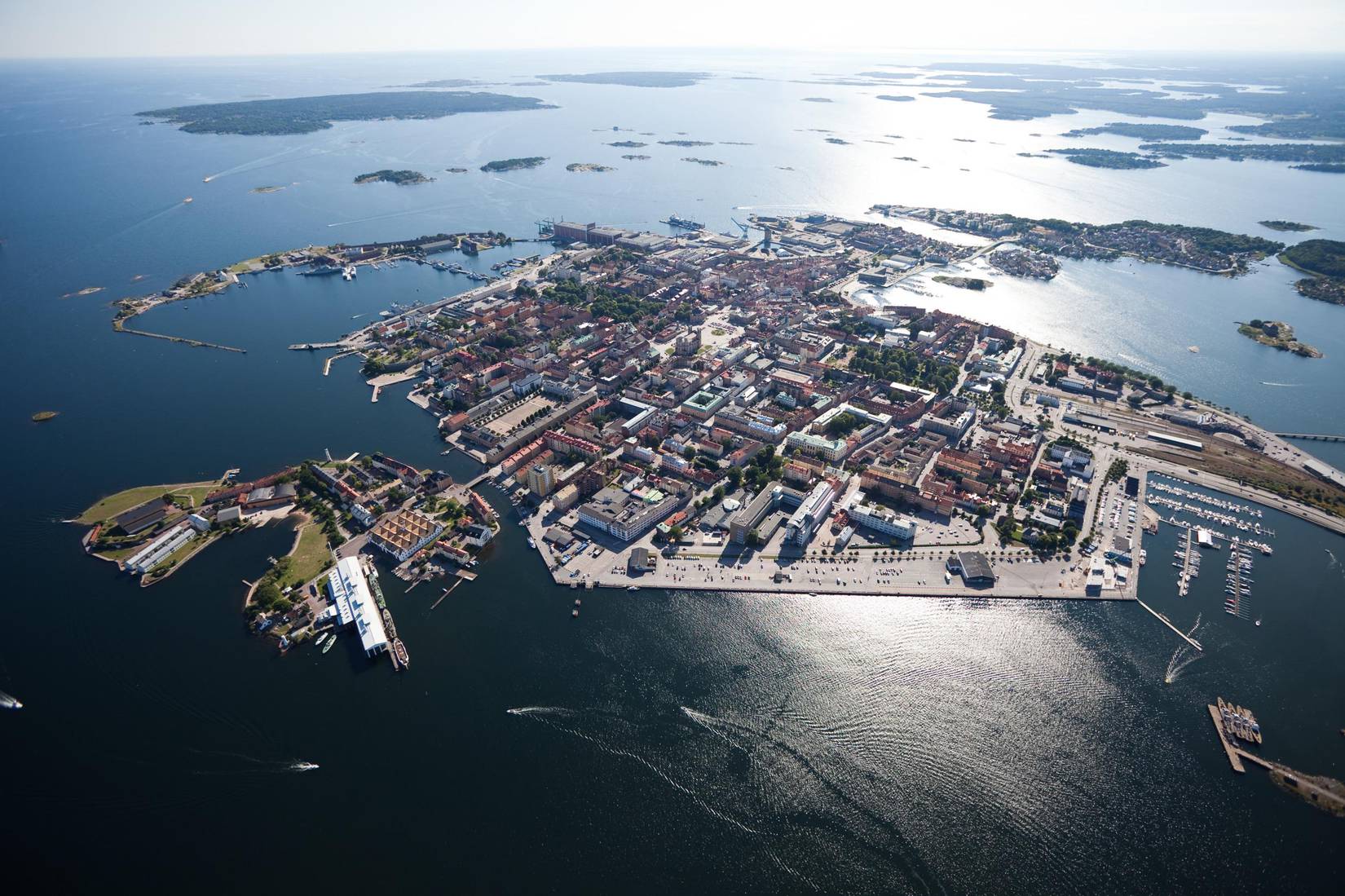
The Blekinge archipelago

Ronneby Brunnspark

Karlskrona
Political
Economy and Government
The economy of Blekinge is diverse, with a mix of both traditional and modern industries. The region has a strong manufacturing sector, with companies producing a range of goods including furniture, textiles, and paper. There is also a growing IT and technology sector in the region, with several startups and established companies based in the area.
The government of Blekinge is run by a regional council, which is responsible for the administration of the region's municipalities and the provision of public services. The council is led by a chairman and has representatives from each of the region's municipalities. The council is responsible for issues such as regional development, infrastructure, and healthcare.
The region is also home to several universities and colleges, including Blekinge Institute of Technology, which is known for its strong research programs in areas such as sustainable development and IT. The presence of these institutions has helped to foster innovation and entrepreneurship in the region, contributing to its overall economic growth and prosperity.
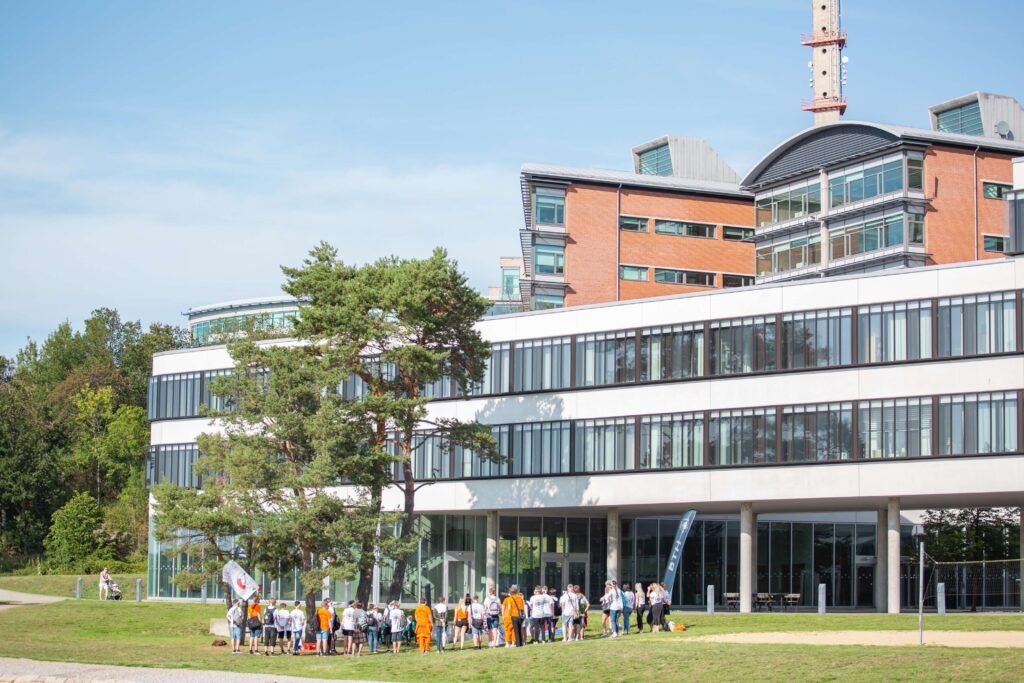
History
History and Culture
The region of Blekinge has a rich and diverse history, dating back to the Stone Age. Over the centuries, the area has been inhabited by various tribes and civilizations, including the Vikings, who left their mark on the region through their shipbuilding and naval prowess.
During the 17th century, Karlskrona was founded as a naval base for the Swedish navy, and the city's architecture and layout reflect this military heritage. Many of the buildings in Karlskrona date back to this period and have been well-preserved, earning the city recognition as a UNESCO World Heritage Site.
Blekinge is also known for its cultural traditions, including its unique dialect, folk music, and traditional crafts such as weaving and woodcarving. The region has several museums and cultural centers dedicated to preserving and promoting these traditions, including the Blekinge Museum and the Ljungbyhed Folk Museum.
The region's natural beauty has also played a significant role in its cultural history, inspiring artists and writers such as August Strindberg and Carl Linnaeus. Today, Blekinge continues to be a hub of cultural activity, with numerous festivals, exhibitions, and events showcasing the region's rich heritage and artistic talent.
HOTELS
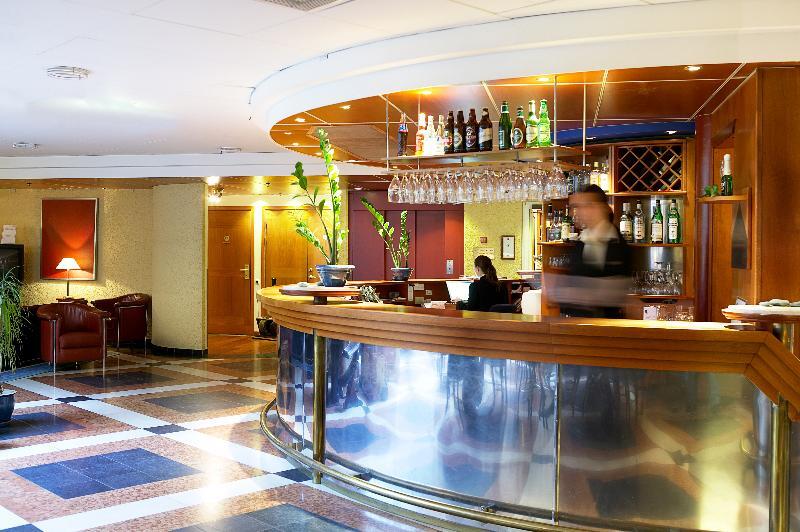
First Hotel JA

Villa FloraViola

Ronneby Brunn Hotel Spa Resort
RESTAURANTS
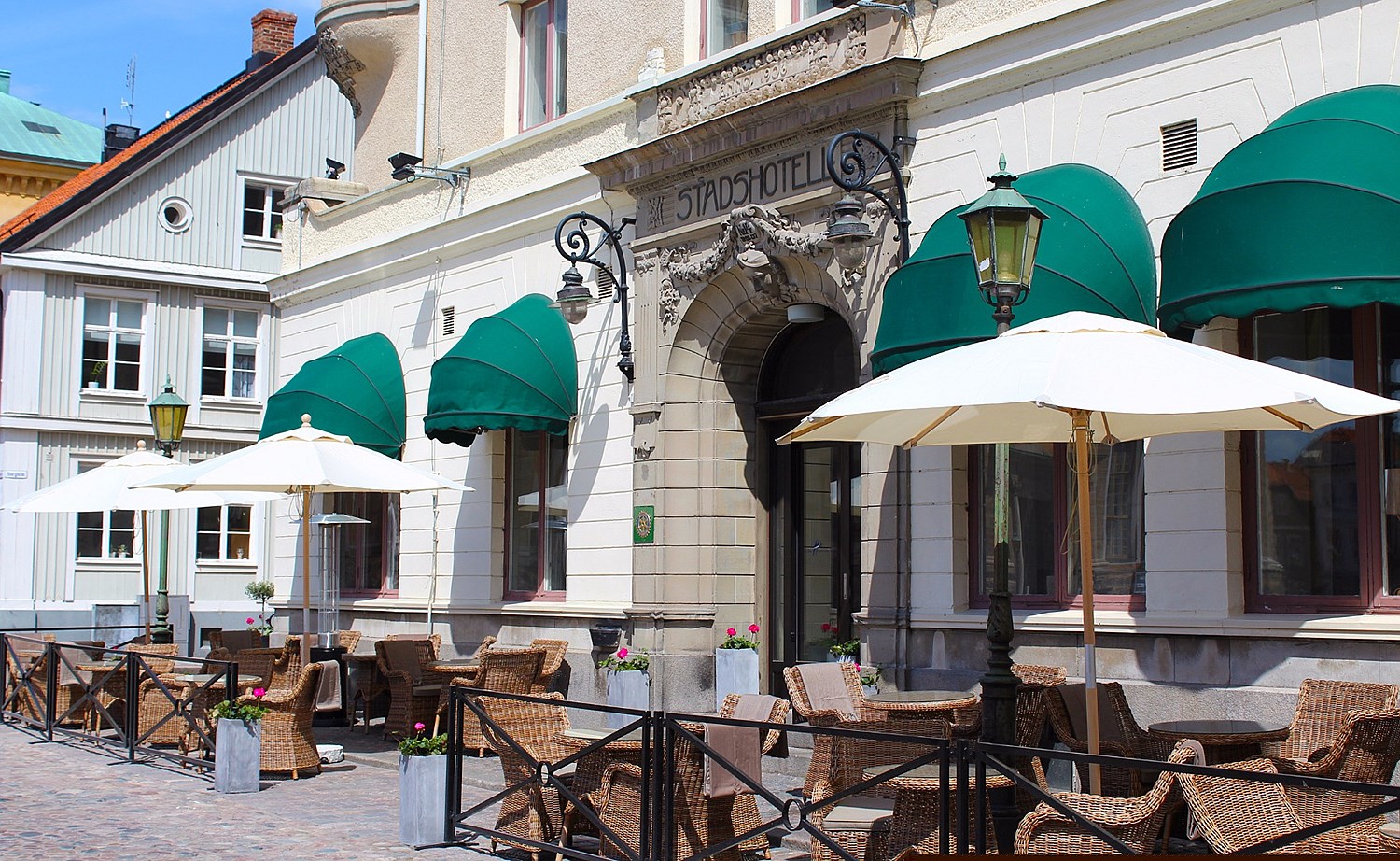
Statt Verandan
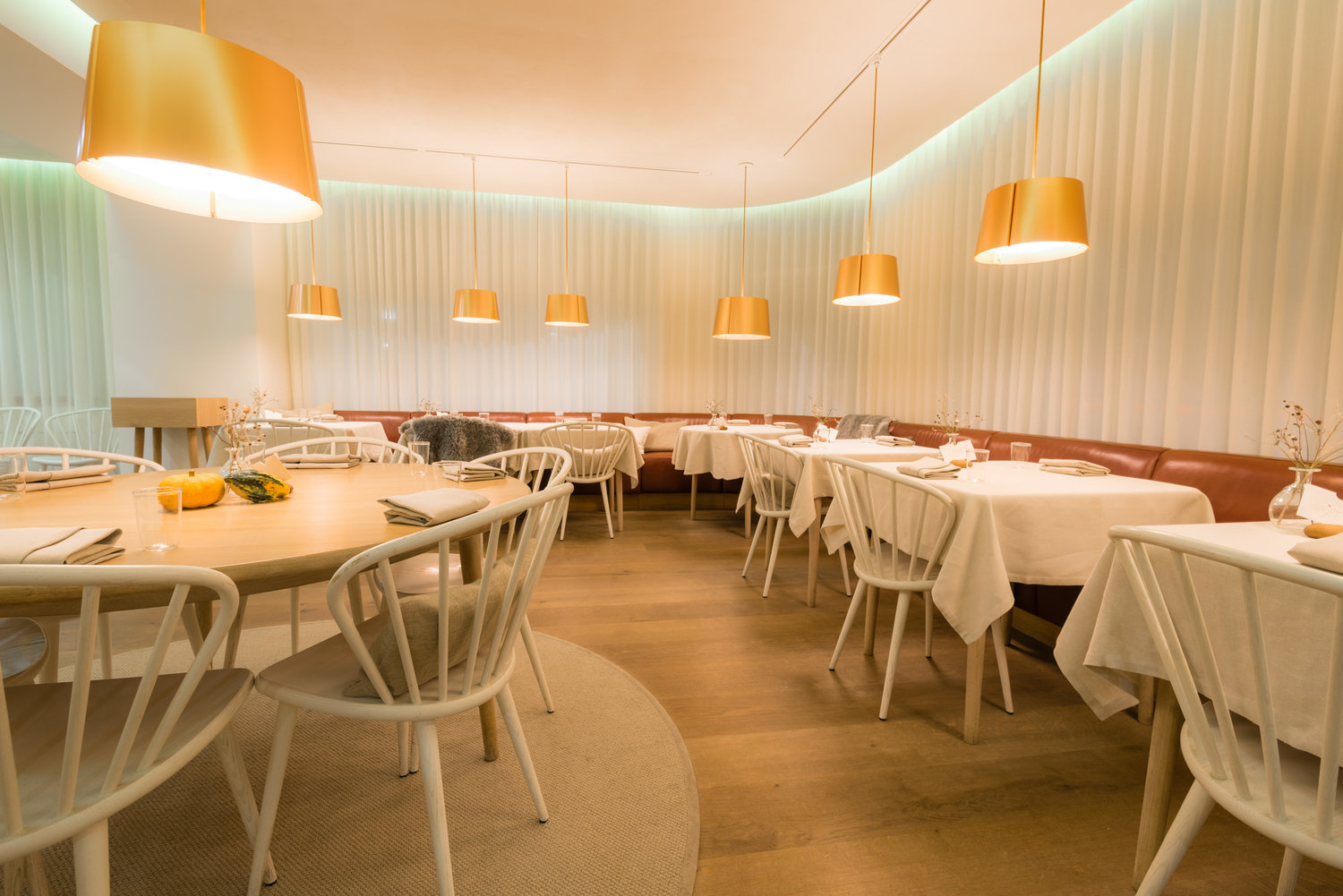
Gastrologikern

